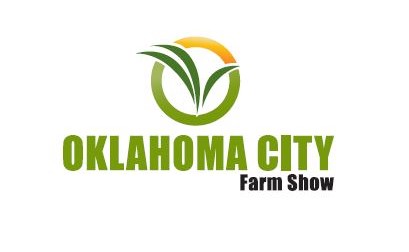
Each fall, farmers determine when to begin harvesting corn to optimize yield and crop quality while managing drying costs.
“Picking the right moisture content to harvest is a bit of a balancing act, and one that depends on the season and the farm operation,” says Kevin Gale, AgriGold agronomist. “But in many cases, harvesting grain a little wetter gives farmers more profit versus waiting for corn to dry down to 15% in the field.” Find out why.
Limit harvest loss
While bypassing the grain dryer may seem to save costs, Gale points out leaving a crop to dry in the field can also entail hidden costs.
“If you’re harvesting grain at 15% or less, the ear will be more susceptible to damage at the corn head. As the ear hits the deck plate, kernels can dislodge from the ear and fall to the ground,” Gale says. “Every two kernels per square foot lost behind the corn head costs farmers a bushel of corn per acre,” he continues, citing research by Iowa State University Extension and Outreach.
A later harvest also ups the odds of stalk quality issues. Some years it’s more of an issue than others, Gale says, adding this year could be a challenge given an uptick in disease pressure and large crop yield potential. Harvestability issues, costs associated with a combine slowdown and an inability to catch all the ears due to ear drop are also possibilities.
Farmers opting to leave grain in the field longer can protect against those threats by planting products with a reputation for strong root systems and stalks.
Crop health monitoring protects yield potential
Whatever your drying strategy, Gale says scouting is extremely important. “The period leading up to black layer is a great time for farmers to be out in their fields with their agronomist, prioritizing which fields are more at risk to standability issues and rapid dry down.”
He encourages farmers to push stalks to check stalk integrity, look at the ears and note how the husks open. “If the husk opens up toward the sky and conditions are wet, it could lead to ear rots and mycotoxins in corn,” Gale says. “Plan on harvesting this corn earlier at higher moisture.”
Picking crops earlier gives disease less time to take a toll on plant health, corn test weights or grain quality.
Perks of an earlier harvest extend beyond the current season
Another argument in favor of harvesting corn on the early side is to limit the amount of volunteer corn the following season. “Beyond showing evidence of lost bushels, volunteer corn also competes with the crop currently growing,” Gale says. “It can harbor corn rootworm larvae, adding cost and possibly affecting future crops.”
An earlier harvest also gives a farmer more time in the fall to prepare for the next season, whether that’s managing residue, testing soil or making some fertility applications.
Finding the profitability sweet spot
In Gale’s opinion, 20% to 22% is the sweet spot for many operations as gains in yield and quality will likely outweigh the added expense of drying. Of course, the sweet spot can vary depending upon the unique circumstances farmers face as well as variable costs.
Farmers can also mitigate risk by planting corn hybrids with different genetic backgrounds and maturities. Doing so means fields will pollinate and hit maturity at different times, spreading the harvest window and reducing exposure to adverse weather and other threats.
“Understanding how best to manage different hybrids and intentionally diversifying seed selection can help reduce risk and maximize corn yield potential across an operation,” Gale observes. “Thanks to a great breeding program, we offer products to meet farmers’ unique needs — whether it’s disease tolerance, plant health to withstand pest infestations, standability or ease of harvest. Our portfolio helps farmers achieve progress on every acre.”
Your local AgriGold agronomist can help you get started.

















